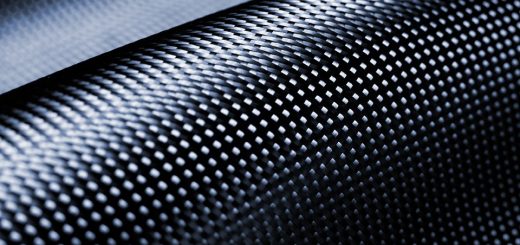Ford Motor Company has been on a quest to decrease the weight of its vehicles. Called lightweighting, the process is an integral element of Ford’s vehicle design and development process. And although the all-new 2015 Mustang gained a few extra pounds over the outgoing model (not that it really needed to lose weight anyway), the next-gen 2015 F-150 will shed up to 700 pounds (317 kilos), giving it a tremendous advantage over its competitors while enabling customers to save on fuel and do more with their truck. What’s worth noting, however, is how Ford’s quest for lighter vehicles got to where it is today.
As it turns out, Ford’s research into improved efficiency through weight reduction started over 25 years ago. The efforts have included experimentation and testing of advanced materials such as new metals, alloys, and composites. And though much of what engineers at The Blue Oval have looked into has yet to surface in production vehicles, there are two examples of real-world results. The first is the breakthrough Aluminum Intensive Vehicle program in 1992 that serves as the precursor to the all-aluminum 2005 Ford GT, itself a precursor to the aluminum-bodied 2015 F-150.

All-aluminum Ford GT
The Motrolix Take
Now here’s a great example of getting what you pay for: Ford invested in aluminum research over two decades ago, experimented with it on a ultra-high-end performance vehicle, and is now taking its learnings to the mass market, into a vehicle that it dominates, and a vehicle that is highly profitable. Meanwhile, the competition doesn’t seem to be anywhere close to revealing anything with as much aluminum as the new F-150. Now that’s what we call a good investment.














No Comments yet